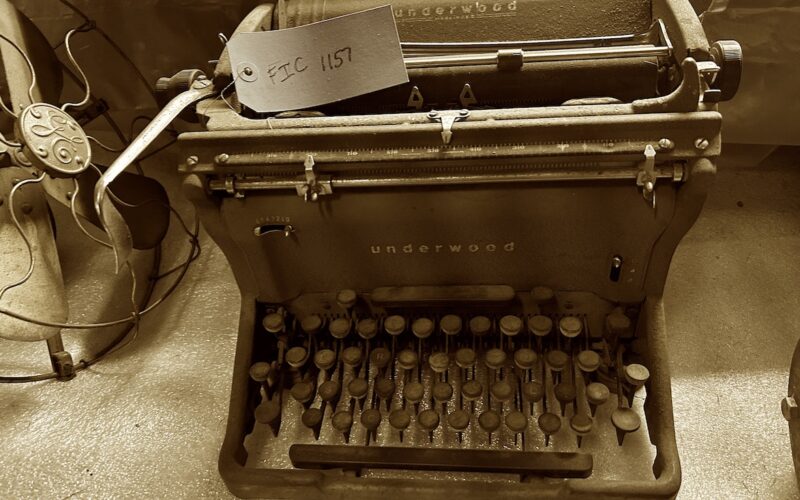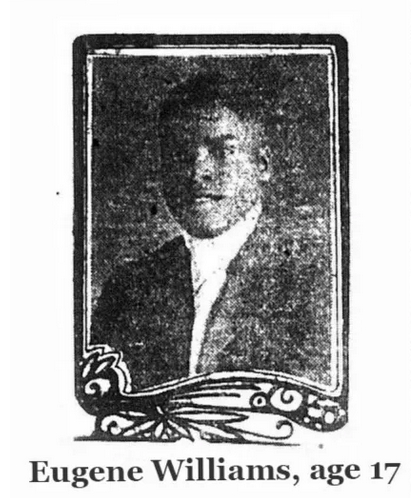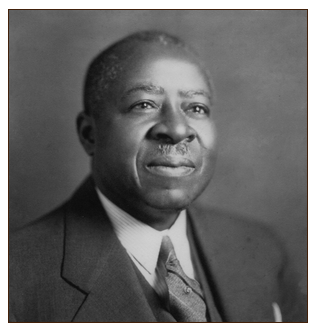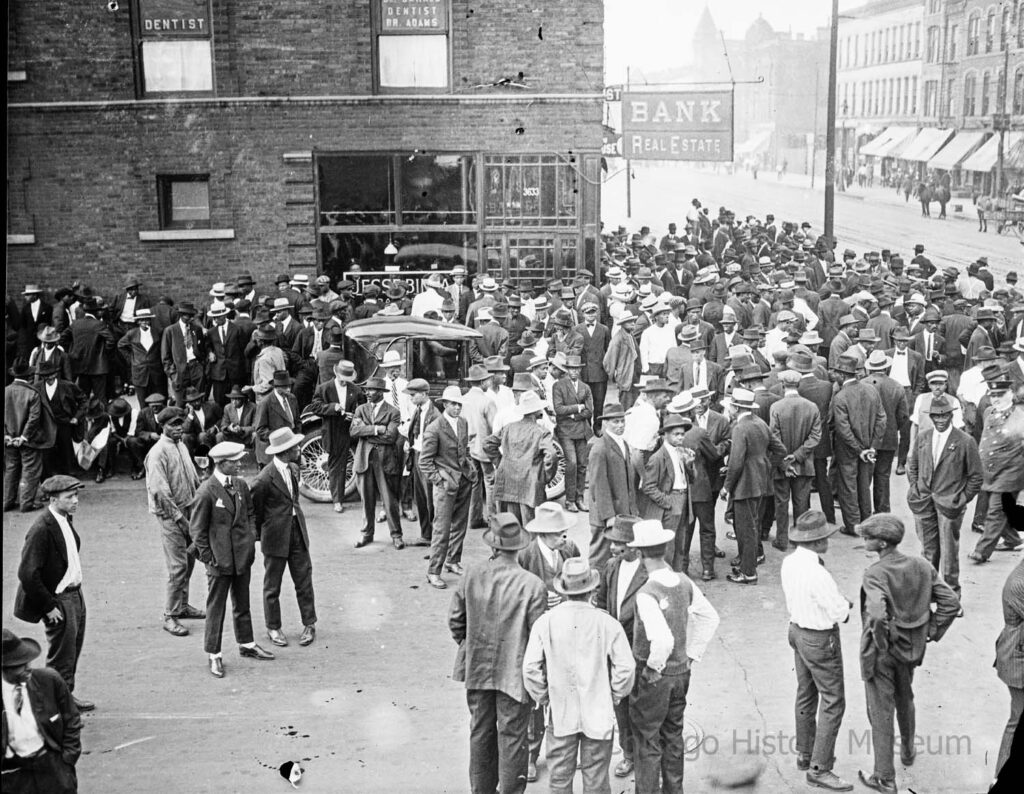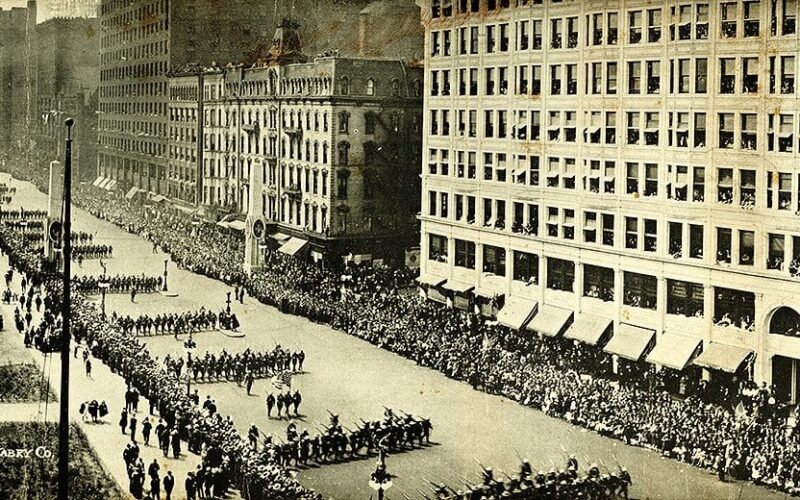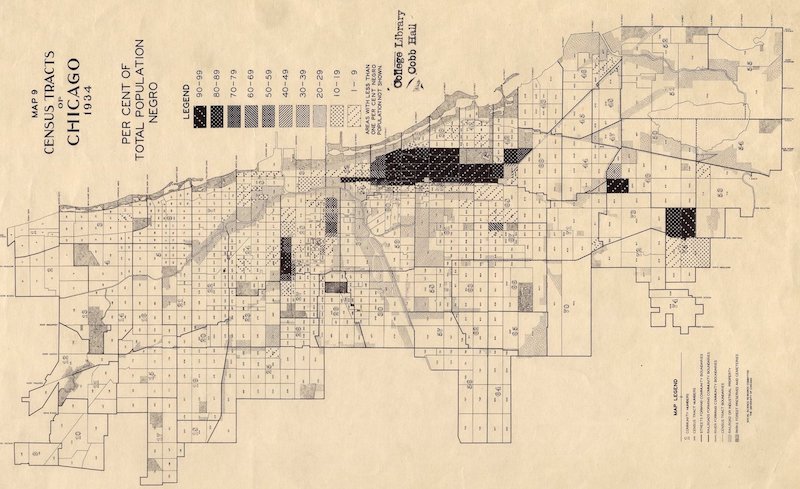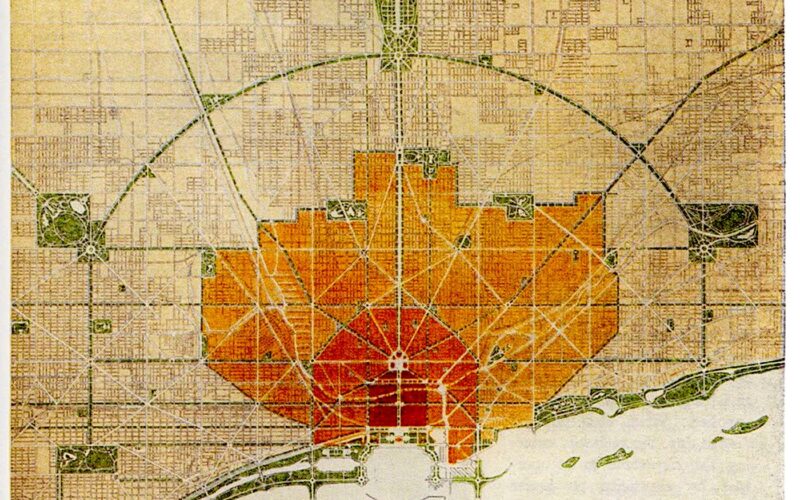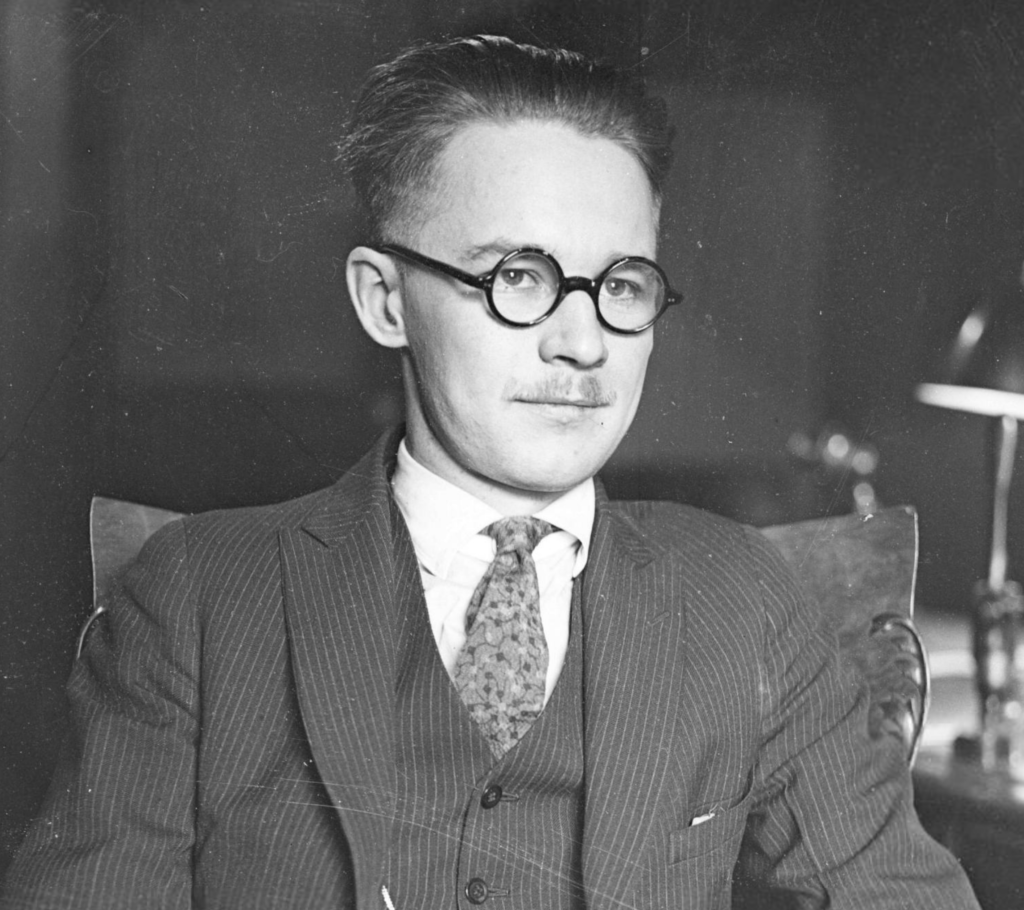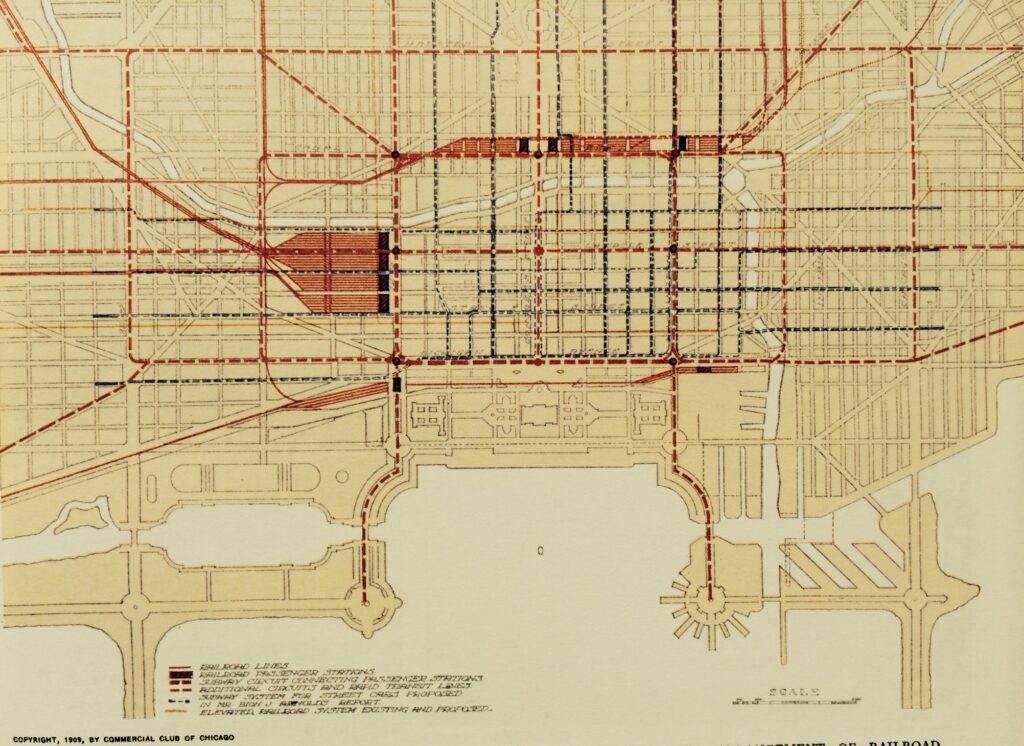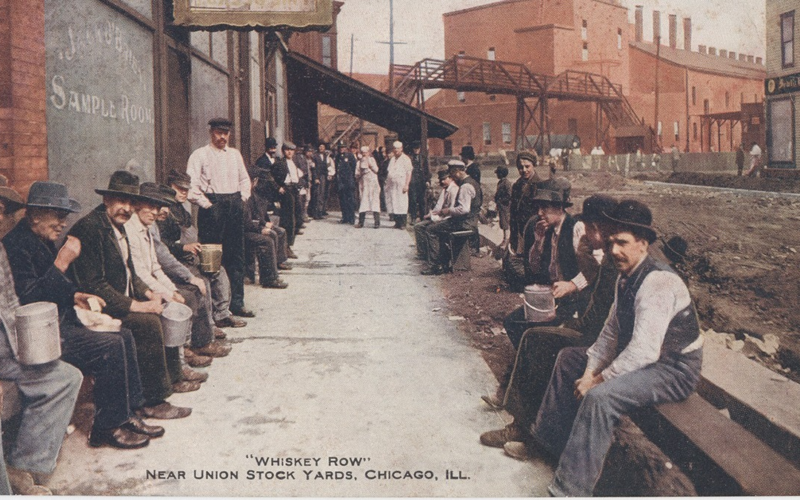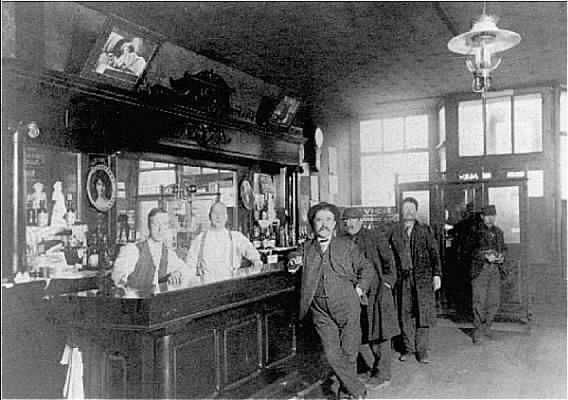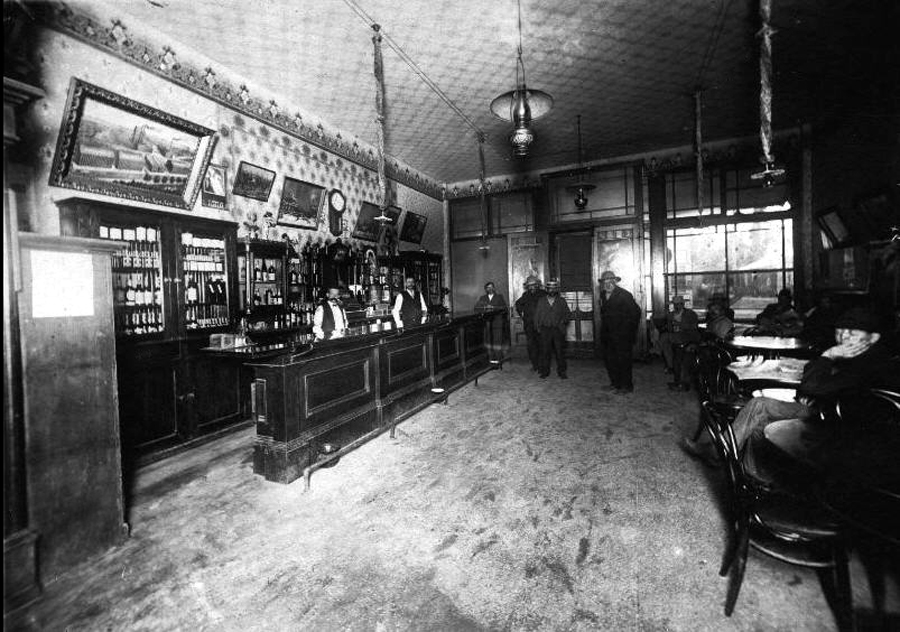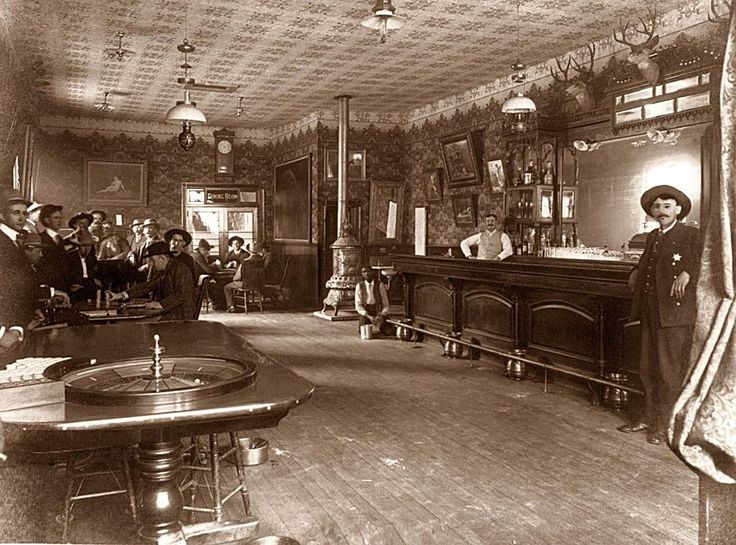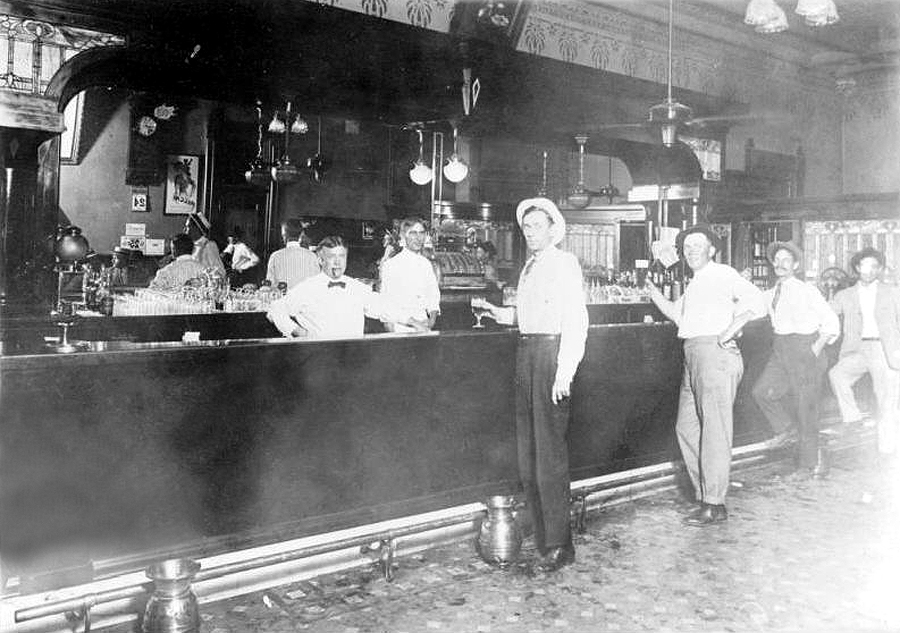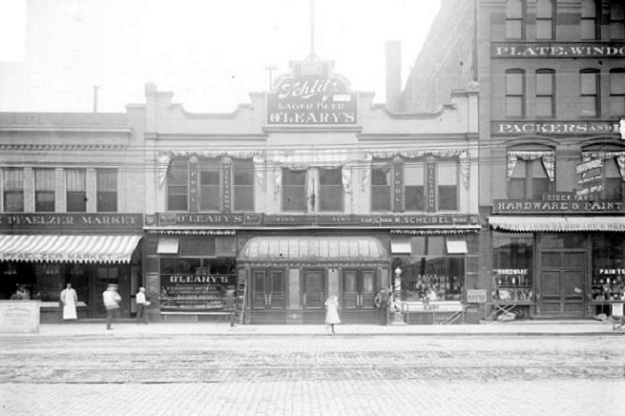Episode 31 – Muddy Ground
In the Twentieth Century, Chicago’s Midway Airport had a sign that read “Crossroads of the World,” and during its heyday Midway literally was the aviation center of the world. From a historical perspective the same has been true for Chicago reaching back a century earlier as a critical hub of the railroads, during the Industrial Age as a center for trade and manufacturing, and for centuries before a meeting place for uncounted generations of Native Americans.
The geographic reality was that where the Chicago river and estuaries of the Chicago region meet the southwest corner of Lake Michigan attracted indigenous peoples, Potawatomi, Miami, Anishinaabeg, Ho-Chunk, or Sauk and assuredly others portaging the divide, arriving by canoe or on foot. Sometimes they stayed for a while or moved with the migration of the game and seasonal changes. Hence this place called Chicago despite the low lying, swampy, muddy, and unattractive ground due to it’s elemental location and convenient waterways has continued for centuries to be a key to the continent.
This juxtaposition has spawned innumerable books on Chicago. In this episode we talk with author and Associate Professor of History John William Nelson Ph.D. about his recently published book Muddy Ground; Native Peoples, Chicago’s Portage, and the Transformation of a Continent. This exhaustive history underpinned by impressive research re-enforces the basic fact that geography frequently dictates the destiny of an area and out of this meeting place and important key transportation link to the continent this muddy ground eventually gave rise to a mighty city. Dr. Nelson’s book brings important new insights and a fresh perspective on the Canon of portage history for Chicago to offer the reader a fresh perspective of the region and its importance for Native Americans and foundational story of Chicago’s origin and settlement.





Links to Research and Historic Sources:
- The book, The Middle Ground: Indians, Empires, and Republics in the Great Lakes Region, 1650–1815, (Studies in North American Indian History), by Richard White (2010)
- Explore the “Life of Gurdon Saltonstall Hubbard” on the Chicago Portage website
- The book, The Autobiography of Gurdon Saltonstall Hubbard, by Gurdon Hubbard (1912)
- The 1928 map of The location of the Chicago portage route of the seventeenth century by Robert Knight and Lucius H. Zeuch on the Chicago Portage website
- Wikipedia biography of Frederick Jackson Turner, (1861-1932) Historian — originator of the theory of the American frontier as a culture
- Archer Butler Hulbert (1873-1933) during his lifetime created and collected an amazing depth history and research most notably the 16 volume set entitled the Historic Highways of America
- University of Houston, Cullen College of Engineering website, “The Indian Canoe” by John Leinhart
- Wikipedia webpage on Pays d’en Haut – literally a French phrase translating to, “Upper Country”
- James H. Merrill, Ph.D. – a professor of history at Vasser College is the foremost expert on the interactions between colonialists and American Indians in early American history, and scholars agree Merrell’s work has helped shape the contemporary study of American Indian and early American history.
- “Pierre Margry Collection” translations at the Burton Historical Collection of the Detroit Public Library of early accounts and research from the Paris Archives by French historian Pierre Margry (1818-1894)
- The Jesuit Relations and Allied Documents, Edited by Reuben Gold Thwaites
- Past Windy City Historians Podcast referenced in this episode:







